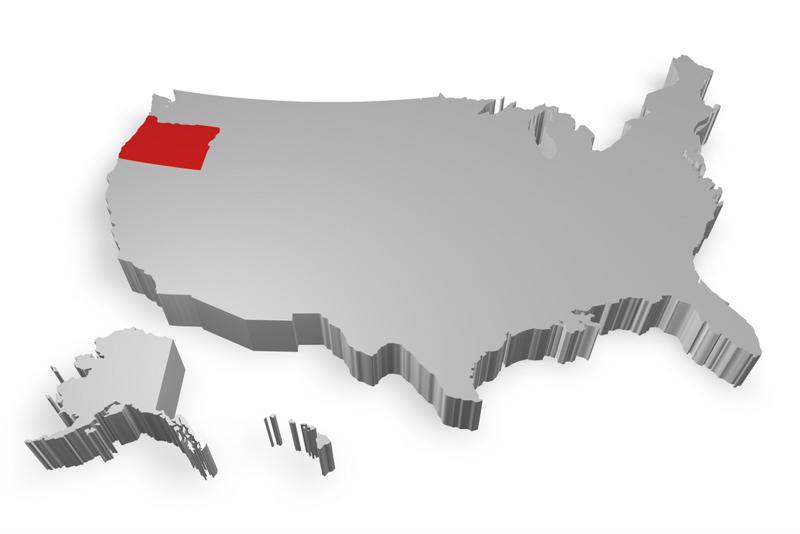
In the wake of the implementation of the Patient Protection and Affordable Care Act's individual coverage mandate, health insurance premiums have ticked up each year, but usually at rates well below pre-recession norms. That is expected to change for 2017, however, thanks to emerging data on who needs coverage and what it actually costs policy providers.
Indeed, it was always expected that there would, at some point, be a significant spike in health insurance premiums nationwide, even after a few years of more muted increases. That's because the ACA mandated that health insurers had to start issuing policies even to those with pre-existing conditions who would not have gotten approved before. And it took those insurers a while to build up the necessary pricing data to determine what those people - and the rest of the pool of healthier people they insured - really should be charged.

A growing trend
As such, many states are now starting to release initial estimates for health insurance premium hikes within their borders, and it comes as little surprise to those in the industry that many states are now seeing rate filings that would significantly increase costs for residents. In Oregon, insurers are proposing rate increases for the individual market of as little as 9.8 percent and as much as 32 percent, depending upon the company, according to a report from the state's Department of Consumer and Business Services, which oversees the insurance industry there.
As such, under these conditions the average 40-year-old living in Portland who has an individual plan would see the cost of a standard "silver" plan on the exchanges rise about $120 per month - $1,440 per year - from $312 to $442, the report said. Meanwhile, the coverage cost increases for small group policies are expected to be more muted, ranging from an average of 8.9 percent to 17 percent. That, in turn, translates to an average cost increase of $96 per month, from $266 to $362. Still, that's an extra $1,150 or so more per year.
That's the trade-off
However, these are cost increases seen for people who may not have had insurance coverage at all in the past, and when it comes to those with pre-existing conditions, in particular, the benefit may still be significant.
"Health reform has provided access to insurance coverage for more Oregonians, which has been a positive for the health of our state," said Patrick Allen, director of the Department of Consumer and Business Services. "However, factors that have more to do with provider costs, such as prescription drugs and contracts with specialty providers like hospitals and dialysis centers, are increasing important factors that are not dealt with through insurance rate regulation."
Nonetheless, it may still be vital for health insurance companies to explain to policyholders why these changes are happening, and the benefits they will continue to get despite the higher cost of coverage going forward. That, in turn, may help both parties because it gives consumers a better understanding of what they're paying for, and in turn provides insurers with a more satisfied, knowledgeable pool of policyholders.